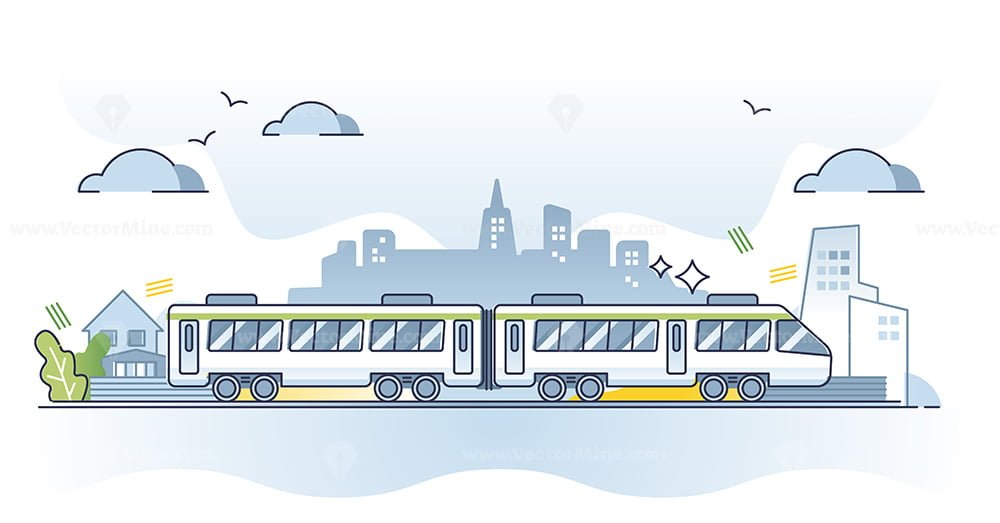India, a country with a population of over 1.3 billion, has a complex and diverse transportation system. Public transportation plays a crucial role in connecting people from different regions and providing affordable and accessible transportation options. In this article, we will explore the different types of public transportation available in India and how they contribute to the country's transportation network.
- Buses
Buses are the most common form of public transportation in India, with over 1.5 million buses operating across the country. They are affordable and provide connectivity to even the remotest areas. The government operates state-run buses, while private operators run intercity and intracity buses. - Trains
India has one of the largest railway networks in the world, with over 67,000 km of tracks and 7,000 stations. Trains are a popular mode of transportation for long-distance travel, with options ranging from local trains to luxury trains like the Palace on Wheels. - Metro Rail
India's metro rail system is relatively new, with the first metro line opening in Kolkata in 1984. Currently, there are 18 operational metro systems in India, with more under construction. Metro rail systems provide fast and efficient transportation in urban areas. - Taxis and Auto-rickshaws
Taxis and auto-rickshaws are popular modes of transportation in cities and towns. They are convenient and affordable, but passengers need to negotiate fares before boarding. - Ferries
India has a vast coastline and numerous rivers, making ferries an important mode of transportation in coastal and riverine areas. They provide connectivity to remote islands and villages.
In conclusion, India has a diverse and complex transportation system, with various modes of public transportation available to cater to the needs of its vast population. From buses to trains, metro rail to ferries, each mode of transportation plays a crucial role in connecting people and contributing to the country's transportation network.

